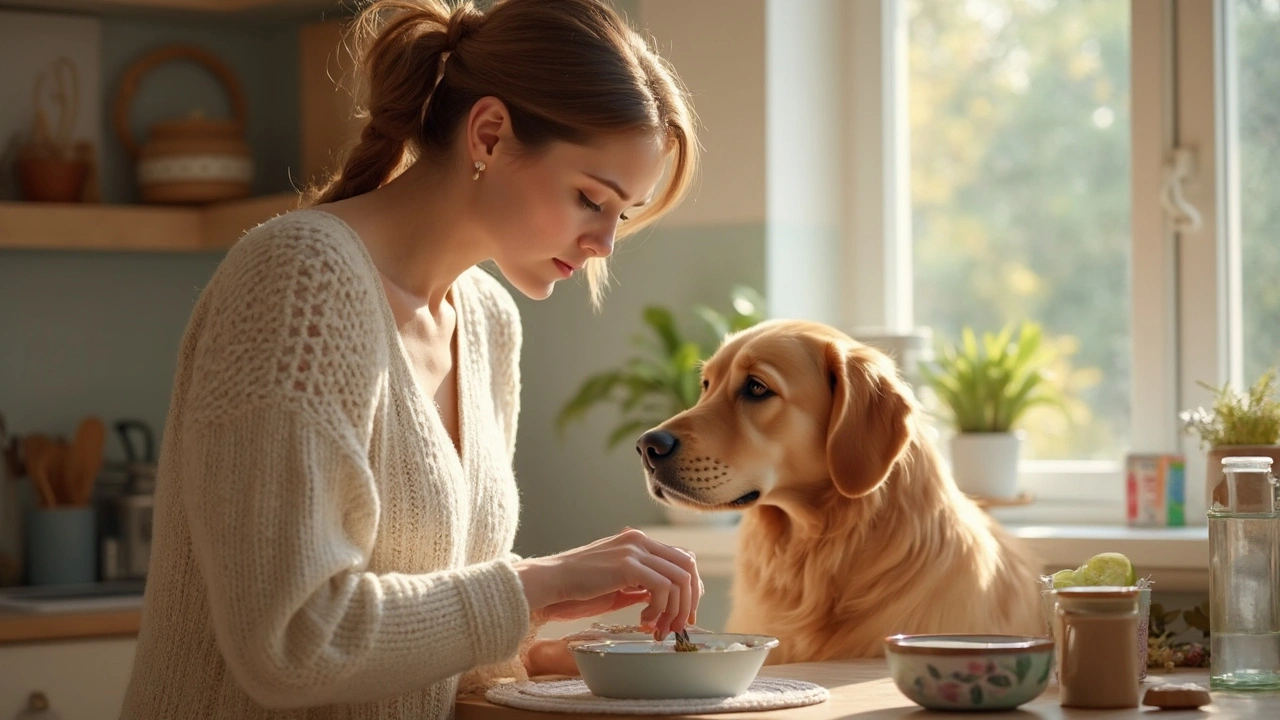Hydration for dogs: spot dehydration and rehydrate fast
Dogs don’t tell you when they’re thirsty. By the time a pup looks sluggish or stops eating, dehydration may already be significant. Knowing the signs and quick steps to rehydrate can make the difference between a short scare and an emergency trip to the vet.
How to tell if your dog is dehydrated
Check these simple signs: dry or tacky gums, reduced skin elasticity (pinch gently at the scruff — the skin should snap back quickly), sunken eyes, less urine or darker urine, and low energy. Small breeds, puppies, seniors, and dogs with vomiting or diarrhea dehydrate faster. If your dog is panting heavily after exercise or heat, watch closely — heavy panting plus weakness means act now.
One practical test at home is the skin tent. Lift a small fold of skin on the shoulder and release. If it returns slowly or stays up, that suggests dehydration. This isn’t perfect for very overweight or elderly dogs, but it’s a quick check.
Simple, safe ways to rehydrate at home
Offer small amounts of fresh water often instead of leaving one big bowl. A dog who’s nauseous or reluctant will sip small volumes. Add a bit of low-sodium chicken or beef broth (no onions, garlic, or xylitol) to entice drinking. Wet food counts — mixing kibble with warm water can boost intake fast. For walks, carry a collapsible bowl or a dog water bottle so your dog can drink frequently.
If your dog has mild dehydration from exercise or heat, oral electrolyte solutions made for pets or unflavored Pedialyte (diluted 1:1 with water) can help for a short time. Use small amounts every 10–15 minutes and watch for improvement. Never give human sports drinks or anything containing artificial sweeteners.
Do not try subcutaneous or intravenous fluids without veterinary guidance. Those procedures require training and sterile technique. If your dog won’t drink, is vomiting repeatedly, shows pale gums, has a racing heart, collapse, or acts disoriented, get to a vet immediately — those are signs of severe dehydration and shock.
Prevent dehydration with routine steps: always have clean water available, use multiple bowls in busy homes, switch to wet food during hot months, and pre-hydrate before long play sessions. Monitor water intake by measuring how much you put out and how much is left. If intake drops for more than 24 hours or your dog has ongoing diarrhea or vomiting, call your vet.
Small, practical changes keep dogs hydrated and comfortable. When in doubt, trust your instincts — if something feels off, a quick call to the clinic can save a lot of stress.

